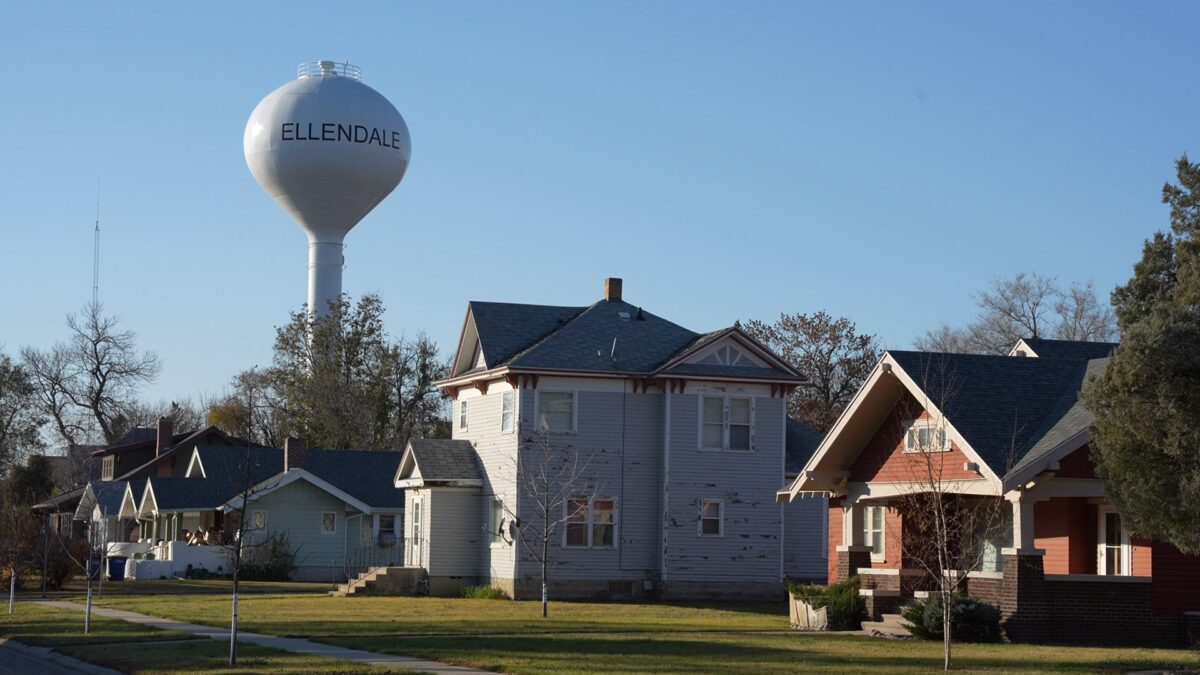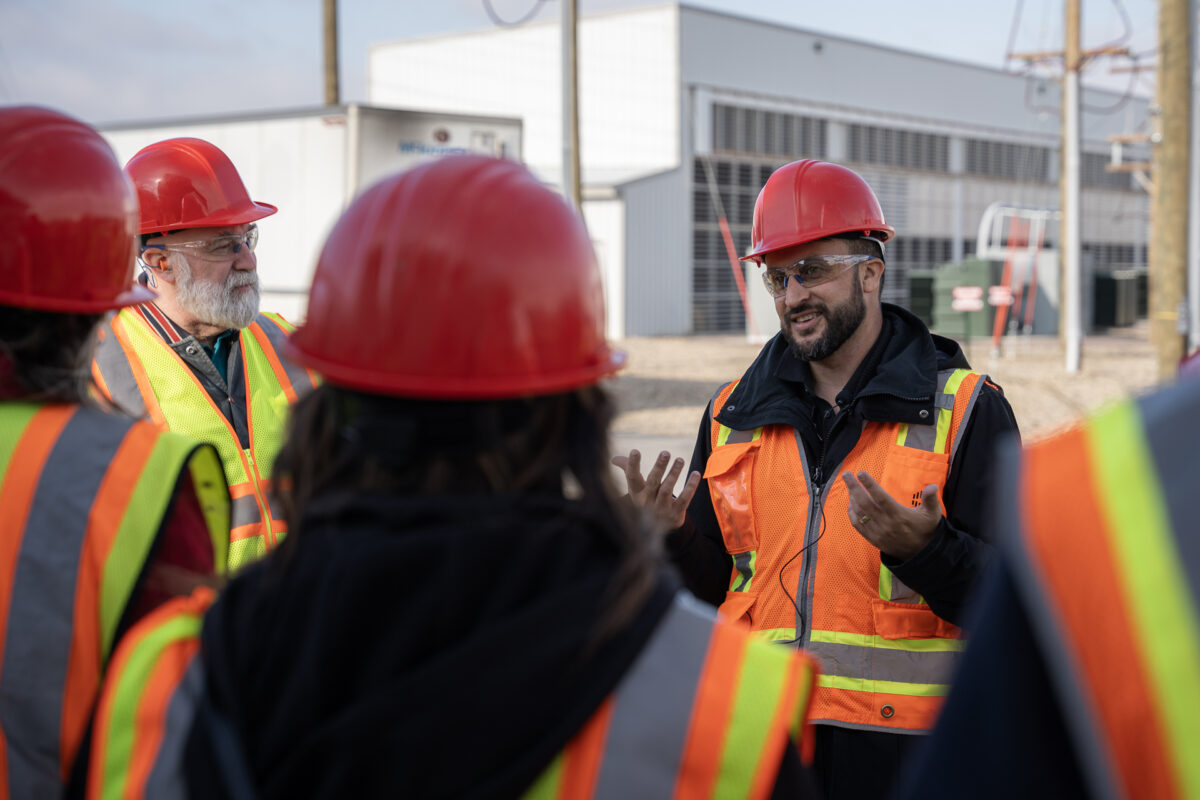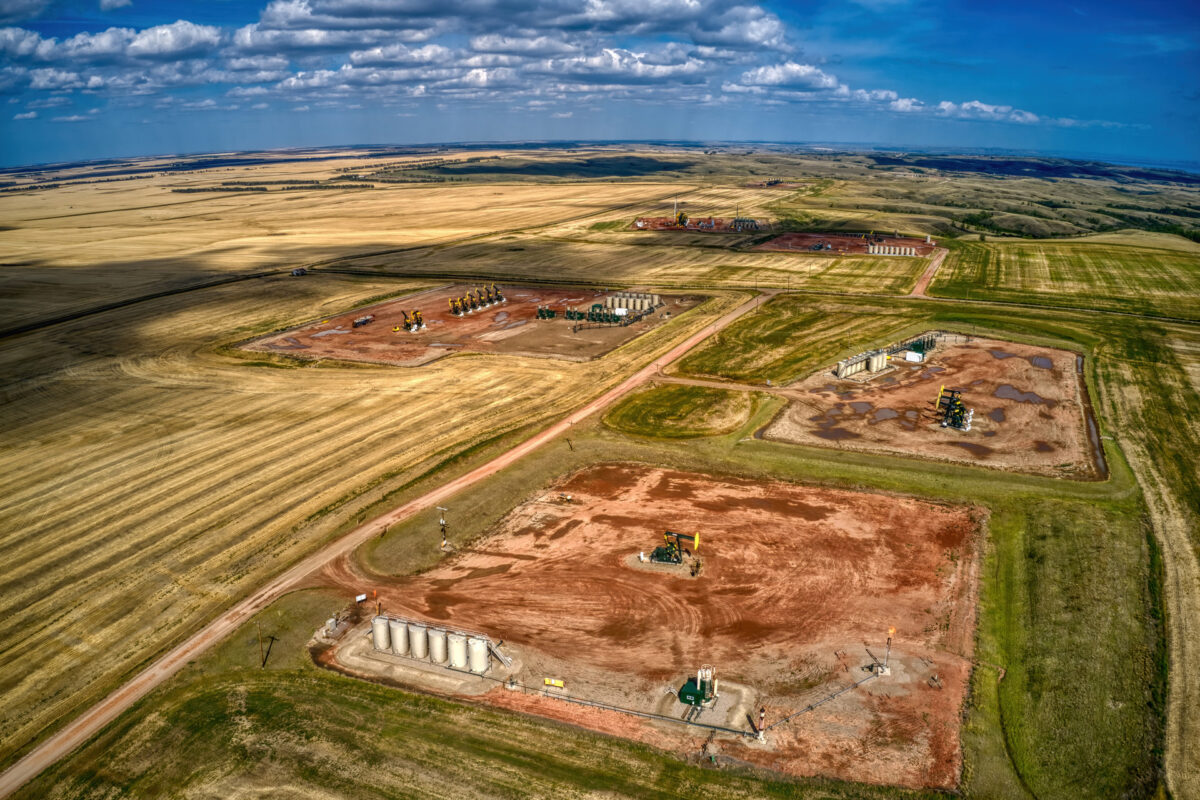North Dakota by the Numbers: Energy, Agriculture, and Public Infrastructure
North Dakota’s public agencies, elected leaders, private industry, and academic institutions deliver key highlights from across the state. This collaboration of data creates pathways for meaningful context about North Dakota.
Clean Air, Clean Water
North Dakota consistently ranks high when it comes to air and water quality. With an average daily Air Quality Index score rated “Good,” residents enjoy clean, breathable air across most of the state. Meanwhile, our water systems are performing well above national benchmarks, with the Safe Drinking Water Act Standards Score rated “Excellent”—a testament to the infrastructure and operational integrity maintained by local and state agencies.
Reliable Energy. Local Fuel.
North Dakota is an energy powerhouse. In 2023, the state generated over 3,100 megawatt-hours of electricity, supporting local communities and helping stabilize the regional grid. On the production side, North Dakota delivered:
- 438 million barrels of oil
- 1.2 trillion cubic feet of natural gas
- 532 million gallons of ethanol
- 85 million gallons of biodiesel
These numbers reflect the state’s approach to energy—supporting traditional strengths while also scaling alternative fuels to meet demand.
Efficient Land Use and Working Landscapes
From the ground up, North Dakota’s farmers and ranchers continue to adapt and lead. More than 44% of farmland in the state is under no-till, reduced-till, or cover crop systems—demonstrating a broad shift toward long-term soil health and water conservation. These practices increase productivity and support stronger yields over time.
Real Investment, Measurable Returns
Since 2020, the state has directed more than $256 million into agriculture and energy development across both traditional and renewable platforms. An additional $7.5 million has been committed annually to conservation practices that improve land management, restore habitats, and protect natural resources.
These investments reflect a strategic focus on making North Dakota more competitive, more efficient, and better positioned for the future.
National Security and Strategic Infrastructure
North Dakota also plays a critical role in national defense. These assets reinforce North Dakota’s importance as a protector.
- Minot Air Force Base, the nation’s only dual nuclear-capable base
- Grand Forks Air Force Base, operating the RQ-4 Global Hawk unmanned aircraft
- Cavalier Air Force Station, a key node in the U.S. Space Force’s missile warning and space surveillance network
A Strong Foundation
Financial strength underpins every one of these efforts. With an A+ credit rating from Standard & Poor’s, the Bank of North Dakota remains one of the most trusted financial institutions in the country—providing capital that fuels small businesses, energy infrastructure, and rural development across the state.
Looking Ahead
These performance highlights represent more than just metrics. They tell the story of how North Dakota is building a smarter future with tools that work here.
Visit stand.nd.gov to explore more stories and data behind North Dakota’s transformation.





